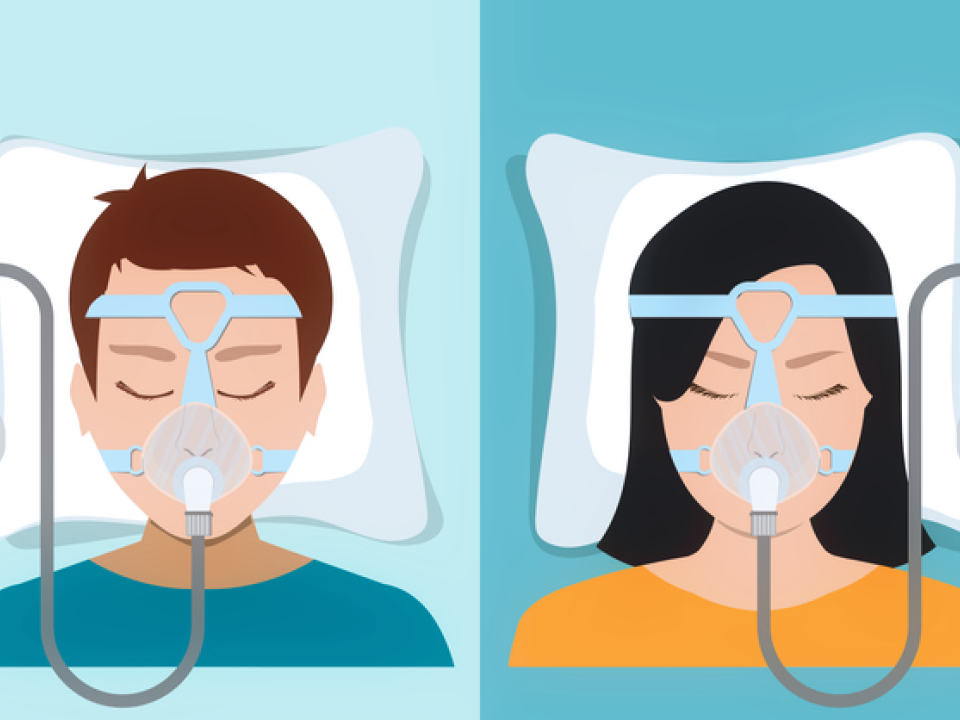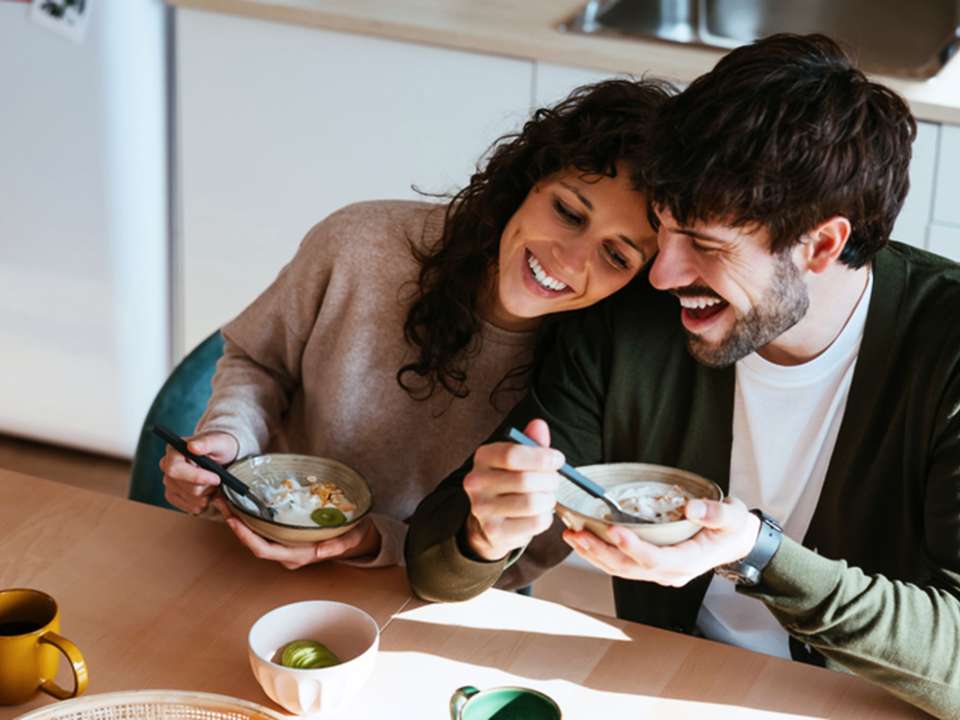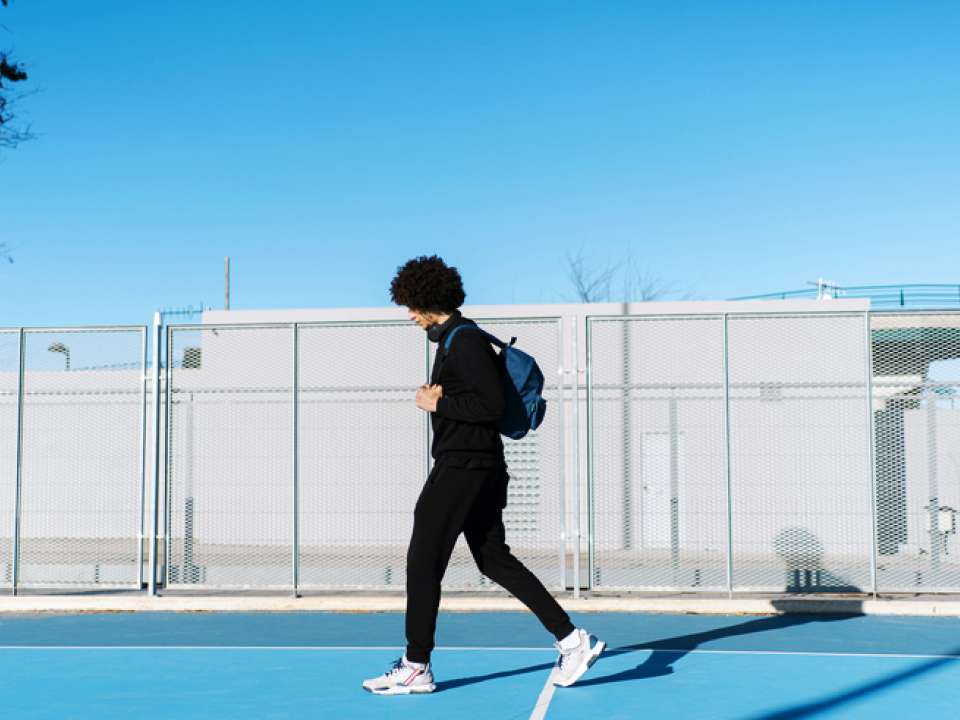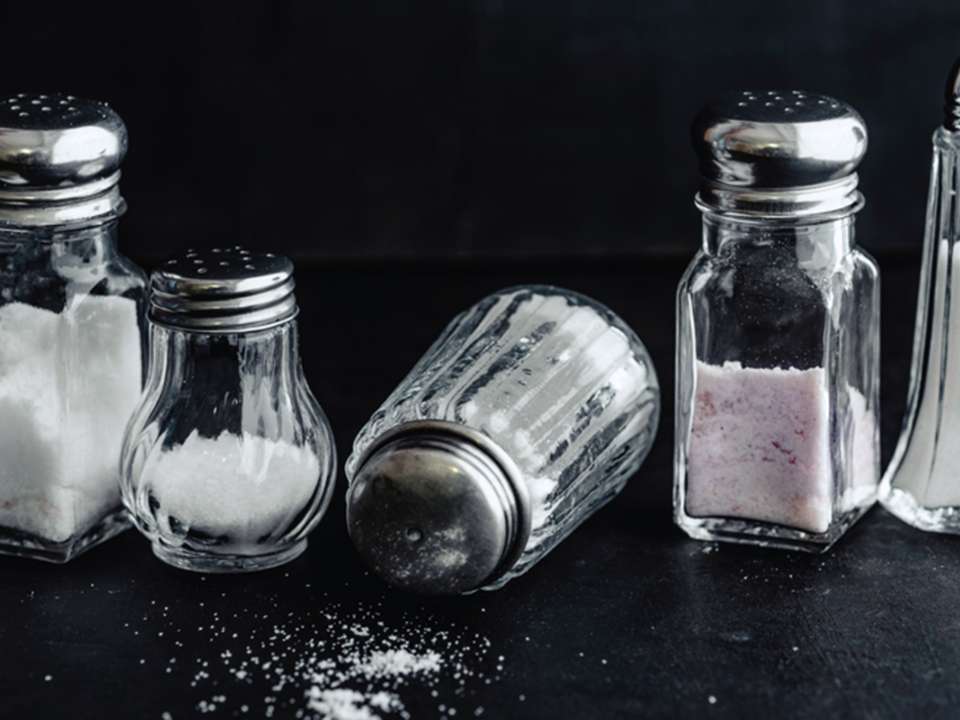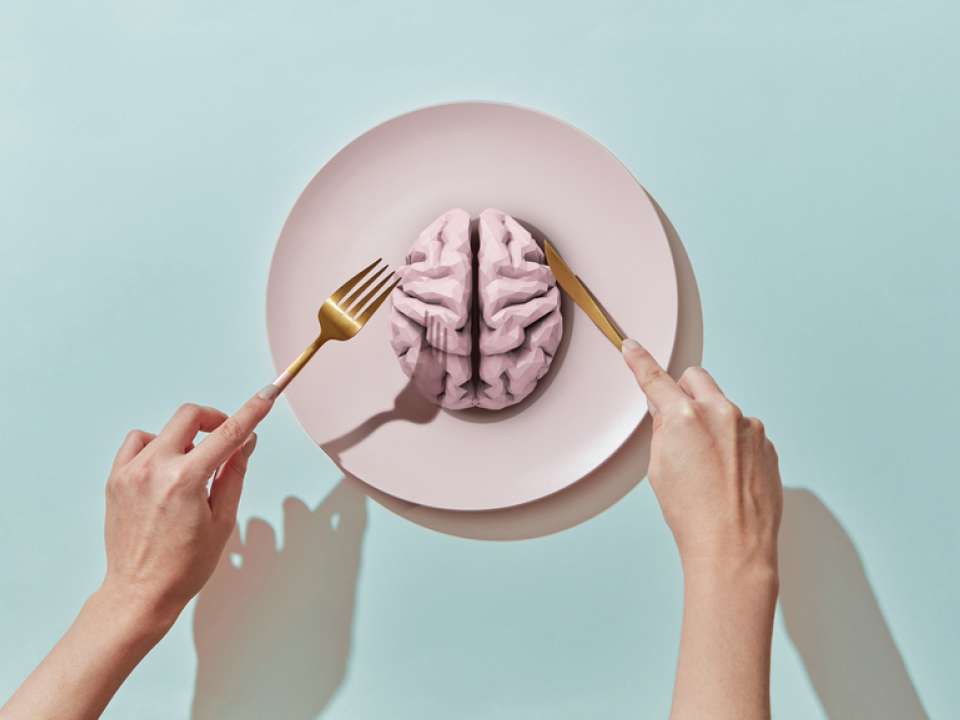
The holiday season is upon us, and that means one thing: food — and lots of it.
At any given dinner party, you’re likely to face heaps of ham, platefuls of pie and enough green bean casserole to fill CenturyLink Field. (OK, that last one is a slight exaggeration, but you get the idea.) Feasting is one of our favorite ways to celebrate the season with family and friends.
If you’re trying to make healthy choices, though, this can be tough.
While there are things you can do to practice good eating habits during these holiday get-togethers, a recent study suggests it’s not just the meal itself that poses a potential pitfall. That leftover food on your plate can also sink your best-laid plans.
Here’s how it works: Say it’s Festivus, and you’re piling your plate with meatloaf. You eat until you’re beyond stuffed, but your plate is still pretty full because you loaded it up at the beginning of the meal. Even though you ate too much, you falsely think you consumed less than you actually did because you have so much leftover food on your plate. This, in turn, makes you less inclined to compensate for your overeating with exercise or dieting later on.
The leftovers effect boils down to your perception of how much food you’ve eaten and, as a result, how this affects your motivation to make up for overeating afterward.
Though the study has its limitations and more extensive research needs to be done on the matter — something the study itself acknowledges — the findings do highlight the importance of portion control in relation to eating habits.
“We know that portion sizes have continued to get bigger and bigger and balloon out of size over the years,” says Anne-Marie Gloster, M.P.H., Ph.D., a professor in the nutritional sciences program at the University of Washington School of Public Health. “We know, without a doubt, that this causes consumers to overeat, which leads to problems of being overweight.”
So how can you control your portion sizes and truly understand how much you’re eating at a holiday party or while dining out at a restaurant? Gloster has a few practical tips to help you mind your meals and combat the leftovers effect.
Control your serving size
Aside from understanding the basics of serving sizes, Gloster says it’s a good idea to actively manage your portions before you start eating.
“When eating out at a restaurant, one of the best things to do is ask for your doggy bag right up front,” she explains. “Create an appropriate portion size for yourself at the beginning of the meal, put away your extra food and get it out of sight.”
This presents you with less food to eat from the get-go, making it more difficult for you to overindulge in one sitting. You’ll also have less food remaining on your plate — take that, leftovers effect! — and a bonus meal to enjoy another day.
If you’re dining out with a partner or friends, splitting an order will naturally reduce your portion size and prevent you from overeating.
For dinner parties and when you’re eating at home, Gloster says using a smaller plate makes it more difficult for you to load up on too much food at the start of a meal. You’re then able to portion out the amount of food you want to eat.
She also suggests leaving family-style serving platters in the kitchen instead of out on the dining table. This makes you more inclined to only take what you want to eat instead of being tempted by the extra food spread out in front of you.
And while paying attention to portion size is critical, you should also be aware of the nutritional content of the food on your plate. Because, let’s face it, our favorite dishes are comforting for a reason (hint: they taste darn good and have the calories to prove it).
Listen to your stomach
When you eat too much or fall under the spell of the leftovers effect, it’s because your perception of how much you’ve eaten is warped by what you see on your plate.
To combat this, learn how to truly gauge your feelings of hunger and fullness.
“I teach people to use their hunger scales,” Gloster notes. “Zero is starving and 10 is how you feel after Thanksgiving. If you’re starving and routinely eat to a seven or eight, you’re going to gain weight.”
It boils down to eating when you’re hungry, but not starving, and stopping when you’re satisfied rather than stuffed.
After you’ve eaten, wait 20 minutes to see if you’re actually still hungry before you help yourself to another serving.
“It’s about enjoying and savoring what you eat, then really checking in with yourself to see how sated you are,” Gloster says.
Portion out and repurpose leftovers
Managing your portions while you eat is good and all, but what about after the meal?
Gloster suggests storing any leftover food by portions rather than in one huge container. This makes it easy for you to grab and reheat the appropriate amount, and it also serves as a visual reminder of how much food you should eat in one sitting.
And if your leftover food is something that’s less than healthy — hey, no judgment, it is the holidays after all — you can always try repurposing it into something more nutritious and flavorful. Toss that stuffing into a frittata, swirl cranberry sauce into some oatmeal or top your salad with leftover turkey.
“That makes people feel like they’re not eating leftovers of leftovers,” Gloster says. “It helps you appreciate your food and appreciate the amount you’re eating.”

 Healthy ideas for your inbox
Healthy ideas for your inbox

